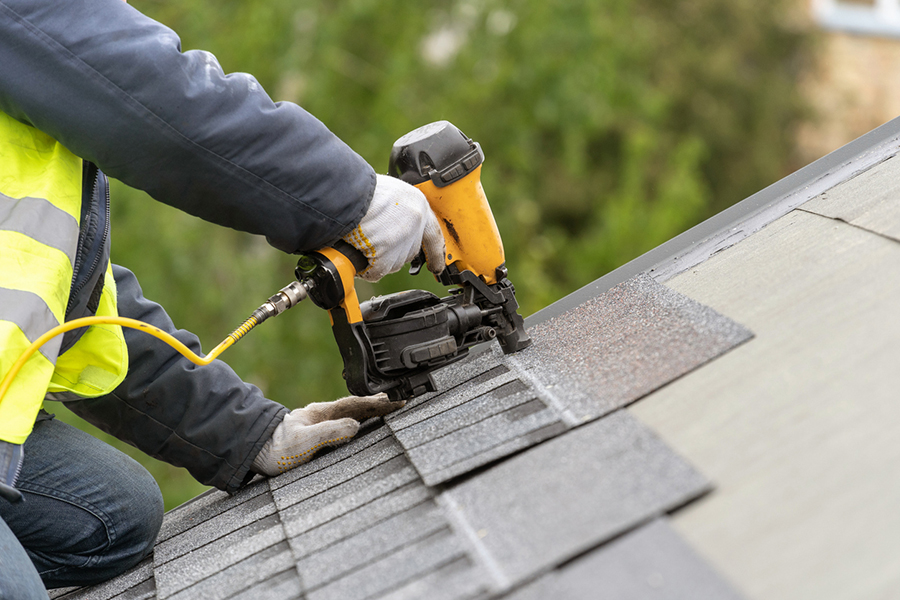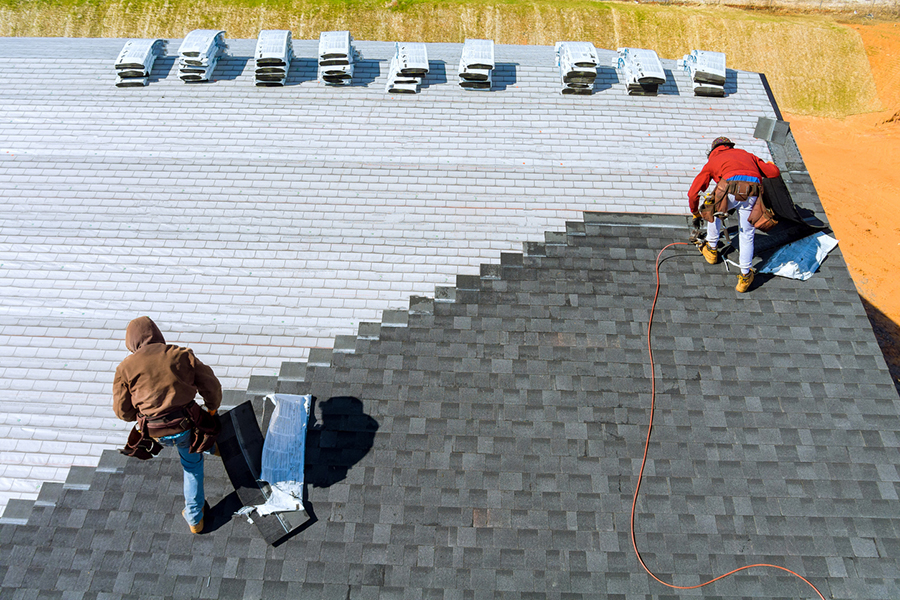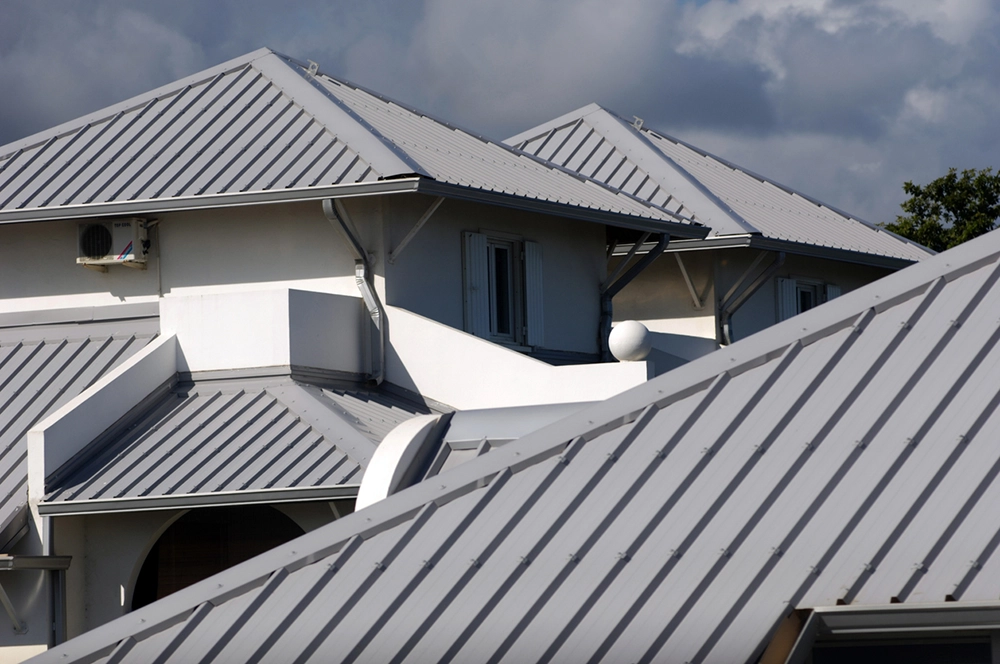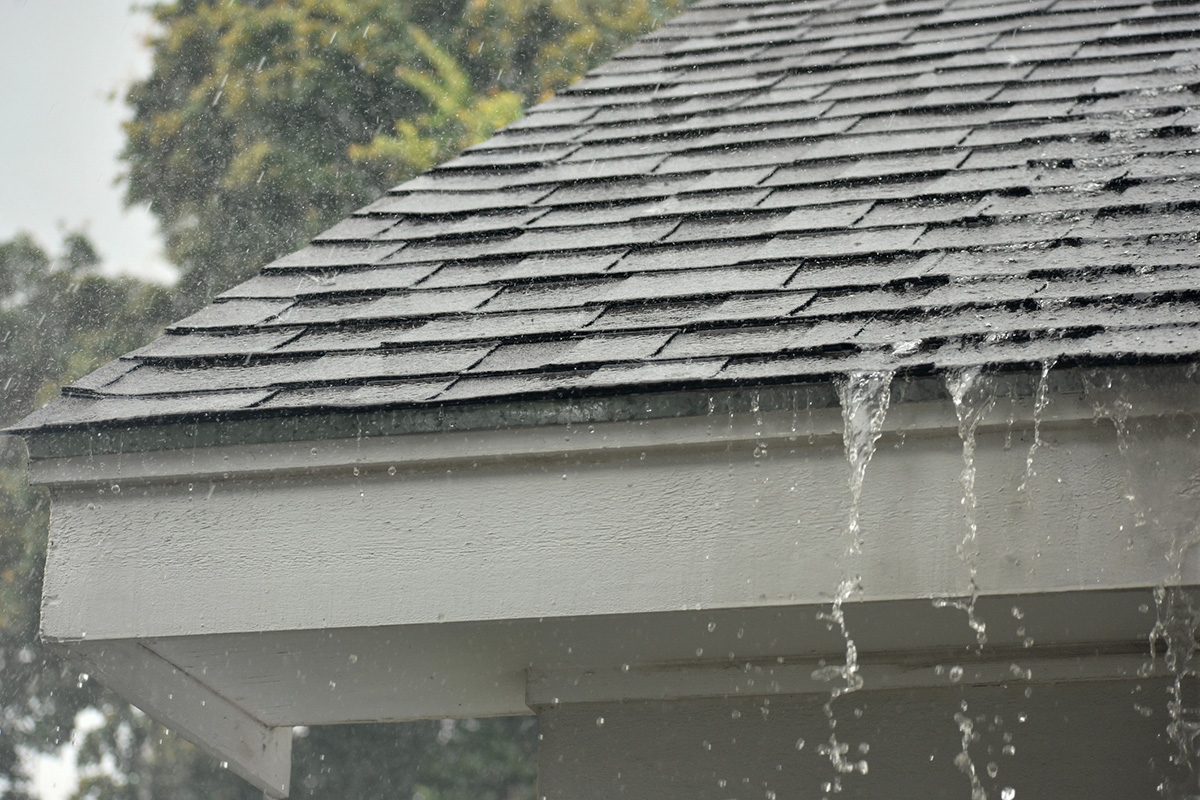Roofing Blog
Free tips & advice for homeowners
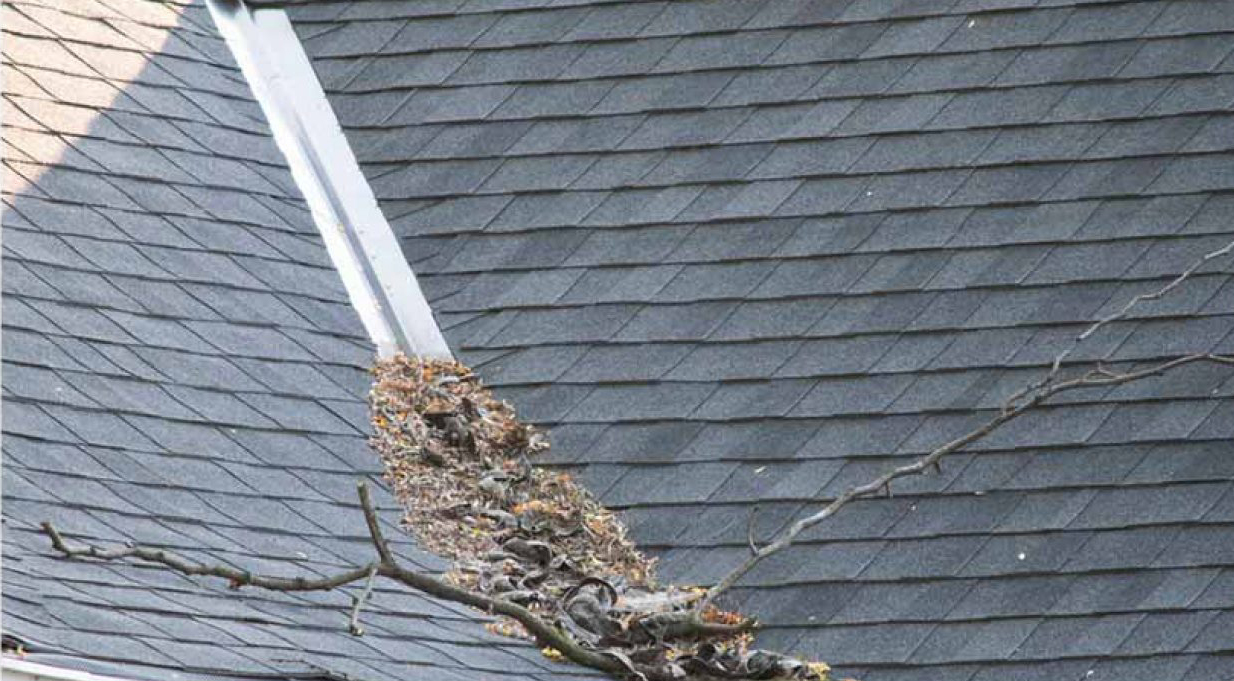
The Effects of Storm Damage on Roof Underlayment and Flashing
After a storm, many homeowners focus on visible roof storm damage like broken or missing shingles. But some of the most serious damage can go unnoticed, hiding beneath the surface. Two crucial components, the underlayment and flashing, often bear the brunt of storm impacts without any obvious signs. Let’s explore why these elements are vital to your roof’s health and how storms can affect them.
Understanding Roof Underlayment and Flashing
Your roof is more than just shingles; it’s a complete system designed to protect your home from water, wind, and the elements. Beneath those roof shingles are layers that keep water from reaching your home’s structure. Two key parts of this system, the underlayment and flashing, play a big role in keeping moisture out. But what exactly are they?
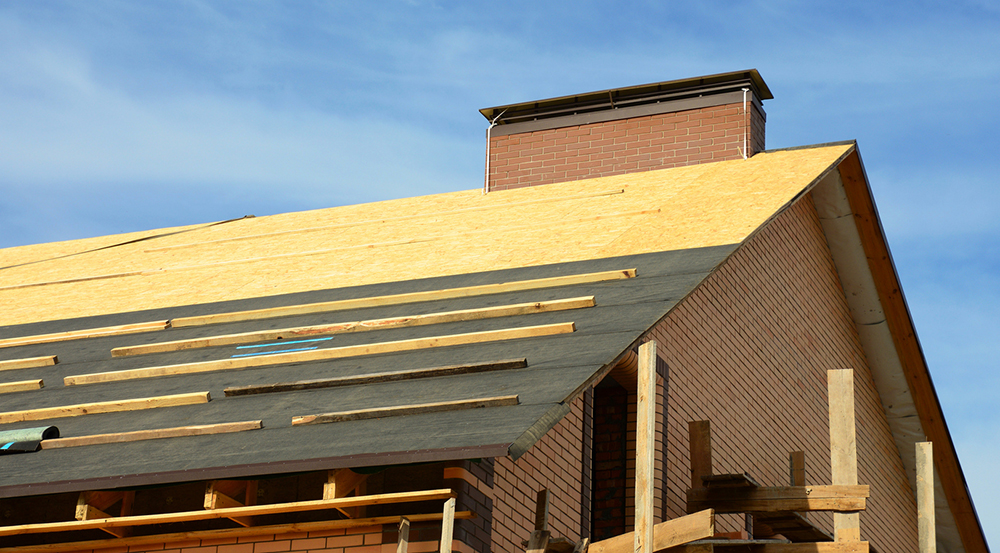
What is Roof Underlayment?
Roof underlayment is a water-resistant or waterproof layer installed directly over the roof decking and under the shingles. It serves as an extra barrier against water, especially during heavy rain or wind-driven storms. Underlayment keeps moisture from penetrating deeper into your home, protecting it from potential water damage that shingles alone can’t always prevent.
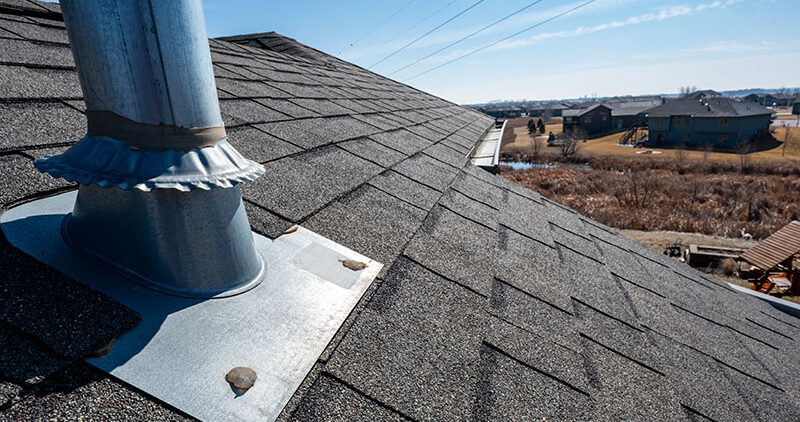
What is Flashing on a Roof?
Flashing is metal sheeting or strips placed at key points, like valleys, chimneys, and vents, to direct water away from vulnerable areas. It works as a guard, preventing water from seeping into cracks or joints. Flashing is especially important during storms, as it keeps water from pooling in weak spots that can lead to leaks or structural damage.
How Storm Damage Can Cause Issues for Your Roof
Storms put every part of your roof to the test. While shingles bear the most obvious impacts, the underlayment and flashing often take significant damage too. When these layers are compromised, they open the door to long-term issues that can lead to costly roof repairs if not addressed early.
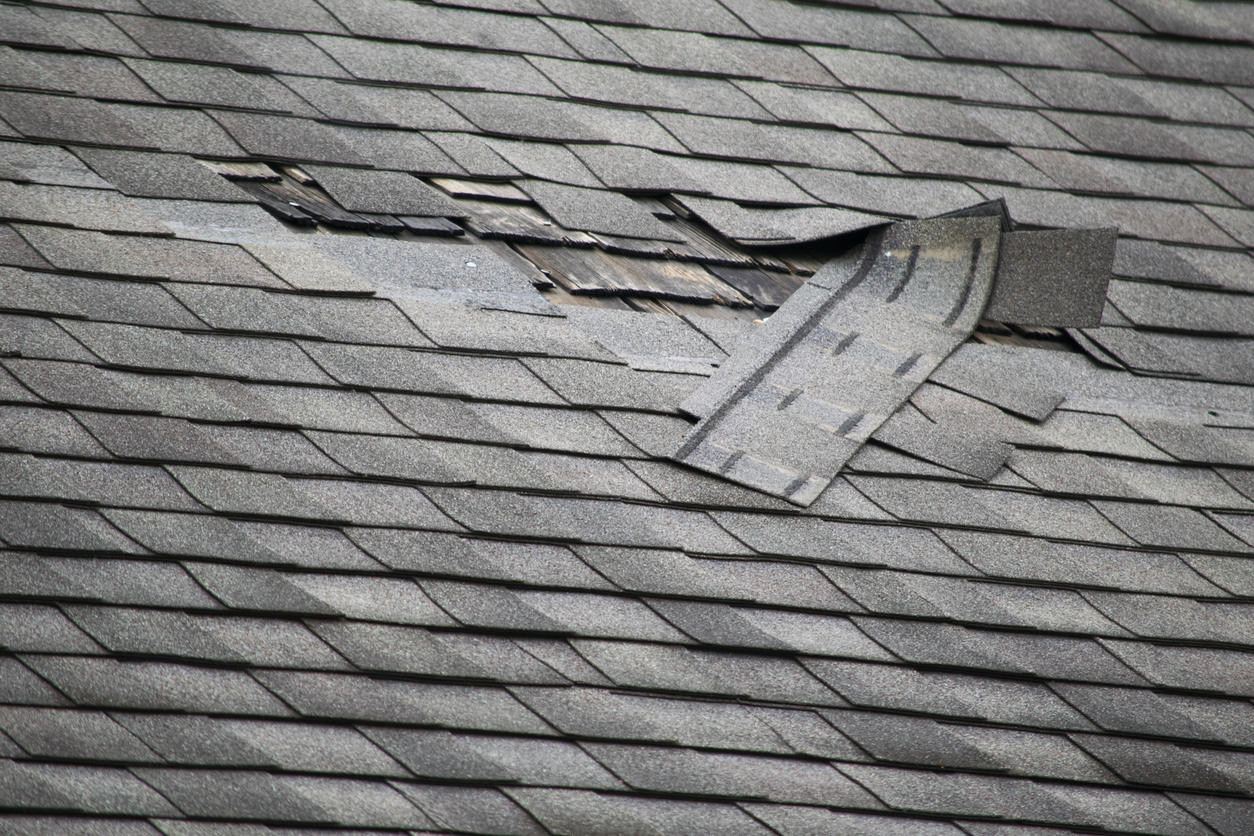
Storm Damage on Shingles
Shingles are designed to shield your roof from direct impact and weather. During a storm, high winds, hail, and heavy rains can cause shingles to crack, lift, or even blow off. When shingles are damaged, the layers beneath are exposed to the elements, increasing the chance of water intrusion. If this gets bad enough, it can cause you to get a new roof installation.
- Cracking: Hail or debris can crack shingles, weakening their protection.
- Lifting: High winds can lift shingles, breaking their seal and allowing water to enter.
- Granule Loss: Rain and hail can strip shingles of protective granules, making them less resistant to UV rays and further damage.
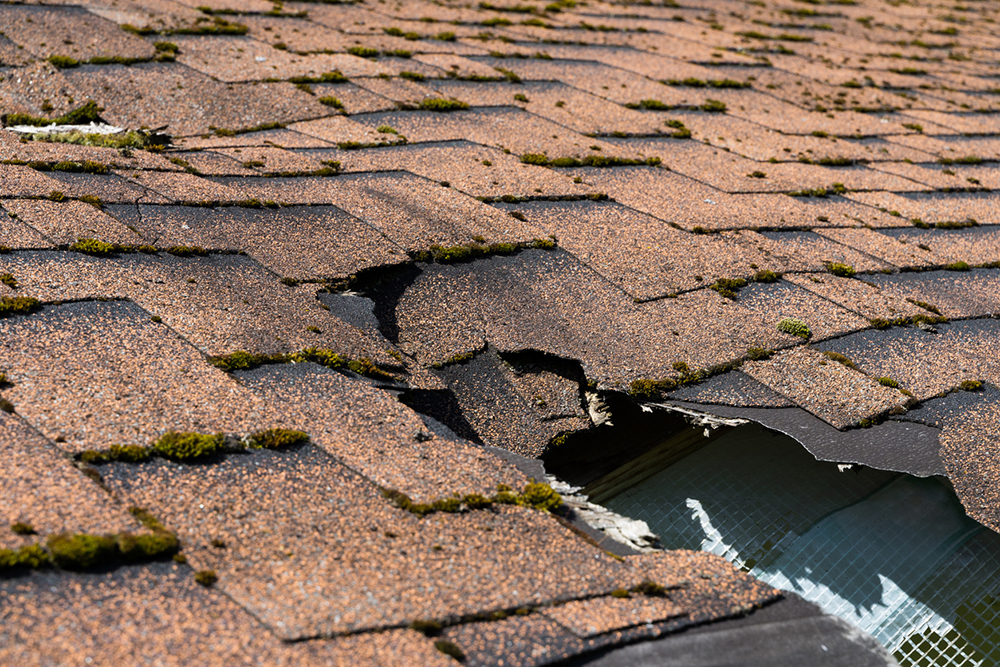
Storm Damage to Roof Underlayment
Underlayment might not be visible, but it plays a critical role in keeping water out. When storm damage affects the shingles, the underlayment is often the next layer to suffer. If water gets past damaged shingles, it can saturate the underlayment, leading to leaks, mold growth, and, over time, structural rot. Ignoring underlayment damage can mean more frequent repairs and a shorter roof lifespan.
Storm Damage to Roof Flashing
Flashing is particularly vulnerable in high winds and heavy rain. Strong storms can bend, dislodge, or even tear flashing from its position, leaving gaps where water can seep in. Damaged flashing around areas like chimneys and skylights can allow significant water entry, which leads to interior leaks and water stains that can damage walls, insulation, and ceilings.
Signs of Underlayment and Flashing Damage
Storm damage to underlayment and flashing isn’t always visible from the ground, but there are some telltale signs to watch for. Knowing what to look for can help you catch potential issues early and prevent them from turning into major problems.
- Damp or discolored patches on ceilings or walls inside your home
- Water stains around chimneys, vents, or skylights
- Mold or mildew in the attic or on insulation
- Rust or visible gaps in flashing around roof edges or joints
- Loose or missing shingles exposing the underlayment
Get a Free Storm Damage Report
Wondering if your roof has sustained damage from recent storms? Our free online storm damage report tool can show you every major storm your roof has weathered and reveal potential damage that might be hidden from view. With no obligation, you’ll have a clear picture of your roof’s condition and can take the next steps to protect your home.

